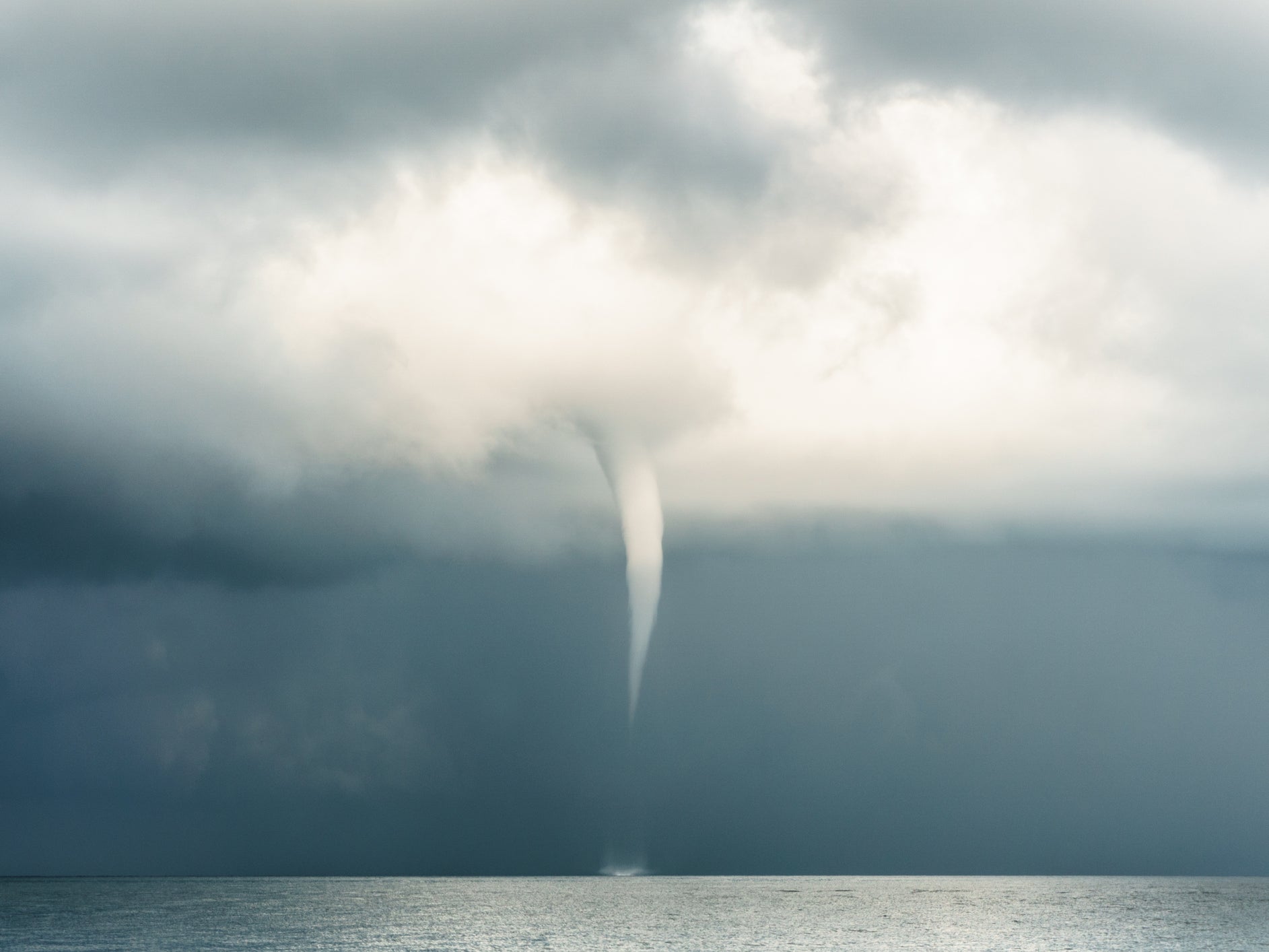Manmade climate change effect on weather now as powerful as El Nino phenomenon, meteorologists warn
World on course for above-average temperatures even without impact of warming weather patterns

Your support helps us to tell the story
From reproductive rights to climate change to Big Tech, The Independent is on the ground when the story is developing. Whether it's investigating the financials of Elon Musk's pro-Trump PAC or producing our latest documentary, 'The A Word', which shines a light on the American women fighting for reproductive rights, we know how important it is to parse out the facts from the messaging.
At such a critical moment in US history, we need reporters on the ground. Your donation allows us to keep sending journalists to speak to both sides of the story.
The Independent is trusted by Americans across the entire political spectrum. And unlike many other quality news outlets, we choose not to lock Americans out of our reporting and analysis with paywalls. We believe quality journalism should be available to everyone, paid for by those who can afford it.
Your support makes all the difference.The impact of the human-driven climate crisis is now as powerful as the Pacific Ocean El Nino weather phenomenon, which naturally pushes up temperatures when it occurs roughly every four years.
Many parts of the world are now likely to see above-average temperatures in the coming months, even without 2020 becoming an El Nino year, the World Meteorological Organisation has said.
The impact of “human-induced climate change is now as powerful as that from a major natural force of nature,” said WMO secretary-general Petteri Taalas.
The WMO said it estimates there is a 60 per cent chance of “neutral conditions” during March-May 2020, with neither an El Nino, nor its opposite, La Nina, forming which would raise or lower temperatures.
The naturally occurring phenomena are known collectively as the El Nino Southern Oscillation (ENSO).
El Nino has a warming influence on global temperatures and is also linked to heavy rains, floods and droughts. La Nina lowers temperatures.
The WMO said there is a 35 per cent chance of an El Nino and only a 5 per cent chance of a La Nina weather pattern developing this year.
But despite the likely absence of an El Nino, the WMO warned there will still be above-average sea surface temperatures in many parts of the world, which will lead to higher than normal land temperatures, particularly in the tropics.
Mr Taalas said: “Even ENSO neutral months are warmer than in the past, as air and sea surface temperatures and ocean heat have increased due to climate change.
“With more than 90 per cent of the energy trapped by greenhouse gases going into the ocean, ocean heat content is at record levels.
“Thus, 2016 was the warmest year on record as a result of a combination of a strong El Nino and human-induced global warming. 2019 was the second-warmest year on record, even though there was no strong El Nino.”
He added: “We just had the warmest January on record. The signal from human-induced climate change is now as powerful as that from a major natural force of nature.”
Already this year, January has broken records to become the warmest ever recorded. Norway saw its hottest January day since records began, with a reading of 19C – more than 25C above the monthly average – measured in the village of Sunndalsora, which is around 250 miles north of Oslo.
Weather stations in central and southern Finland also recorded their warmest January in the period since at least 1961, according to the European Union’s Copernicus Climate Change service.
This week the Finnish Meteorological Institute revealed the capital, Helsinki, experienced the first ever January - February period on record without any measurable snow.
Join our commenting forum
Join thought-provoking conversations, follow other Independent readers and see their replies
Comments